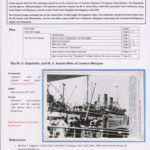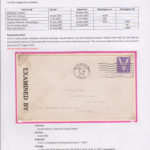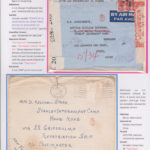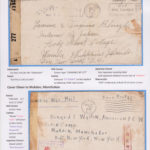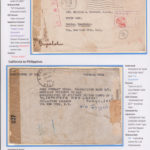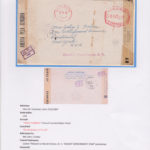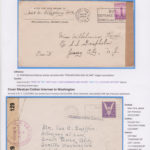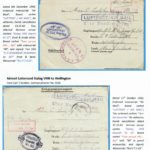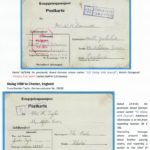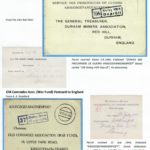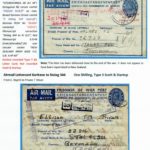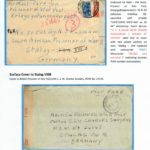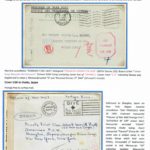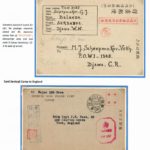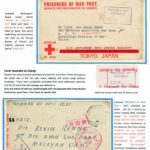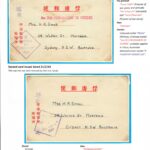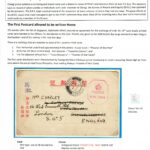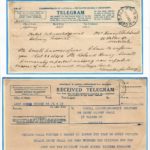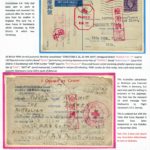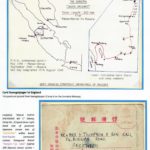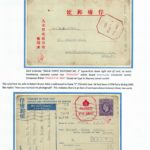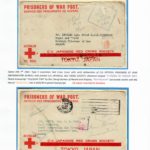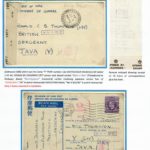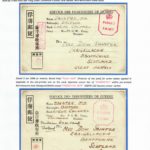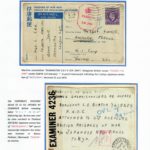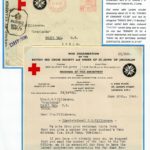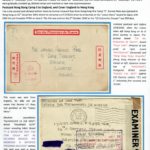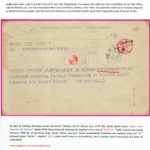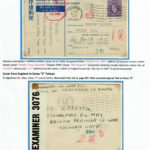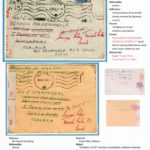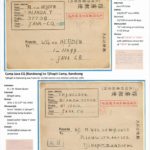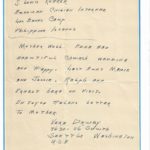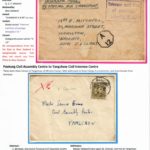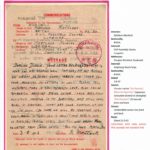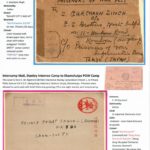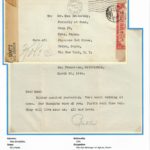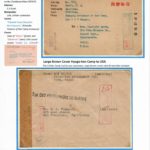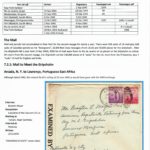M. V. Gripsholm Mail, Diplomatic Exchange Vessel, Far East WWII
When the USA entered WWII after the bombing of Pearl Harbour, there was a need to repatriate diplomats, civilians caught in the Far East at the wrong time, and sick and wounded prisoners of war. The USA sent a message 8th December 1941 to the US Charge d’Affaires in Berne, Switzerland to start negotiations through their Tokyo Embassy. The result of this was that the M. V. Gripsholm (a vessel from neutral Sweden) was chartered by the USA for transfers of prisoners, mail and supplies.
It was agreed that the first exchange would be at the neutral port of Lorenço Marques, Portuguese Mozambique. The Gripsholm carried approx. 1500 passengers. The Japanese used two vessels, the M. V. Asama Maru with 850 repatriates from Yokohama, Hong Kong Saigon and Singapore, and the Conte Verde from Shanghai and Singapore with 640.
The second voyage exchange was at the neutral port of Marmagao (Portuguese India). The Gripsholm carried 1513 from New York, Rio de Janeiro and Montevideo, and the Teia Maru about 1500 from Yokohama, Shanghai, Hong Kong, San Fernando (Philippines), Saigon and Singapore.
Items of mail from the first voyage are particularly scarce. There was little time from the end of the negotiations to the sailing of the ship from New York to advertise that mail would be carried. Tett records 10 known items of mail carried on the first voyage.
This 16 page exhibit is a new exhibit and has been entered into the Ausvipex 2020 virtual one frame exhibition for its first showing. I am pleased to say I gained a Gold award with 86 points.
